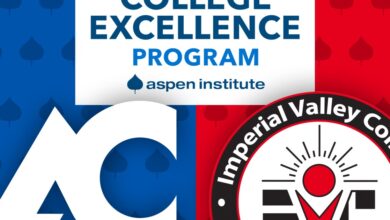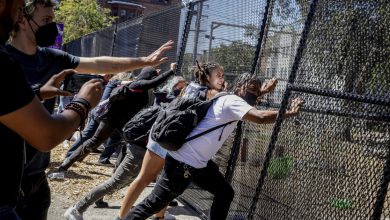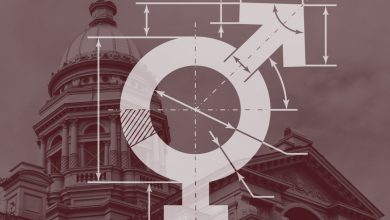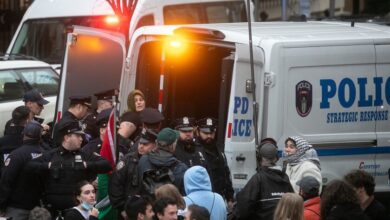When Campuses Close, Most of Their Students Are Stuck Without the Credentials They Wanted
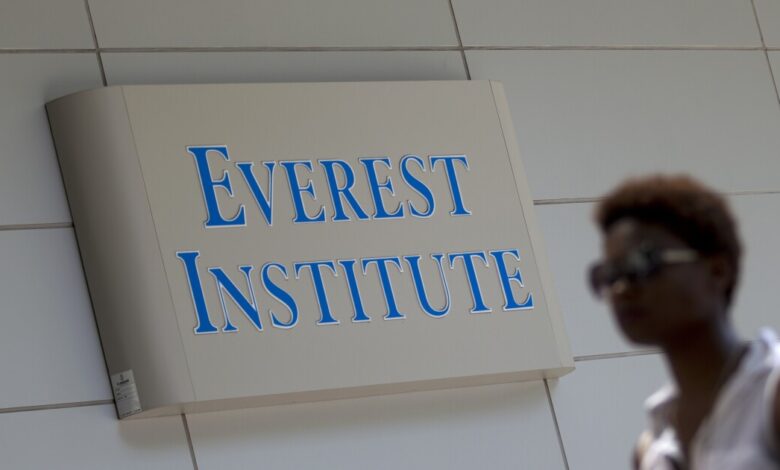
[ad_1]
Nearly three-quarters of the students whose colleges closed between 2004 and 2020 were stranded without adequate warning or plans to help them finish their degrees, and fewer than half of those students ended up re-enrolling in any postsecondary programs, according to a report released Tuesday.
Hardest hit were Black and Hispanic students enrolled in for-profit institutions. “Their schools’ closing effectively closed the doors on the students’ educational dreams,” Doug Shapiro, executive director of the National Student Clearinghouse Research Center, said in a briefing with reporters.
The research center worked with the State Higher Education Executive Officers Association, also known as SHEEO, on a series of three reports that will examine the impact of college closures on students and how states can better protect those whose education plans are disrupted.
The first report, “A Dream Derailed? Investigating the Impacts of College Closure on Student Outcomes,” found that between July 2004 and June 2020, 467 colleges closed in the U.S. — representing the loss of some 12,000 campuses across the country. Nearly half were private, for-profit, two-year colleges.
For 70 percent of the 143,000 students affected, the colleges shut their doors abruptly, without adequate notice or teach-out plans to help students finish their degrees or other credentials.
A 2019 Chronicle analysis found that many of those whose lives have been plunged into chaos by campus closures were working adults living paycheck to paycheck. College, to them, was a way to provide enough money to support families and attain a middle-class lifestyle.
Instead, they’ve joined the ranks of the more than 36 million Americans with some college and no degree, a population that has grown during the Covid-19 pandemic. Colleges that are struggling to maintain their enrollments are stepping up efforts to find and re-enroll many of them.
“This study shows that any college closure is damaging to student success, leaving too many learners — more than half — without a viable path to fulfilling their educational dreams,“ Shapiro said in a prepared statement. “But the extremely poor outcomes for students who experienced abrupt closures are particularly worrisome.”
The findings reinforce the need to strengthen how states monitor higher-education institutions to “prevent, prepare for, and respond to college closures,” Rob Anderson, president of SHEEO, said in a prepared statement.
The colleges most likely to close — for-profit institutions — serve disproportionately large numbers of students of color, veterans, and adult students with children.
In upcoming reports, the researchers will look at how students fared in states that offer more, or less, protection for stranded students.
The study reinforced the need for states to do a better job monitoring the financial health of colleges, the report notes. “Once it becomes likely an institution will close, states need to ensure teach-out agreements are in place to provide all students with a pathway for completing their credentials,” it says.
Financially struggling colleges should plan ahead to find colleges willing to take on their students, and the credits they’ve earned, if they close their doors, the researchers said. In a few extreme examples, students showed up for classes to find doors locked and no way for them to retrieve records of the classes they had taken.
Students whose for-profit campuses have closed often re-enroll in another branch of the same college, which often then also closes, the researchers said. They’d be better going with “an outside partner who’s not going to be struggling with the same financial-viability factors,” Rachel Burns, a senior policy analyst at SHEEO, said during the briefing.
Students who re-enrolled in college within four months of a campus closure were the most likely to earn a credential, and their odds of doing so doubled if they re-enrolled within a year, the report found. Students who were younger, white, and female were the most likely to re-enroll; of students who did re-enroll after their campuses closed, 38 percent received a postsecondary credential.
[ad_2]
Source link


